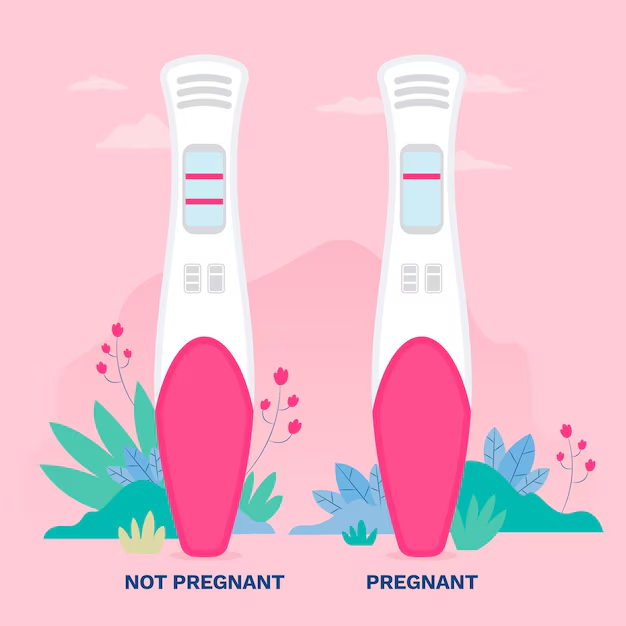Warning signs to watch out for

Pregnancy is a beautiful and life-changing journey, but it also comes with physical and emotional changes that need careful attention. While many symptoms are completely normal, there are certain warning signs that should never be ignored. Early recognition and proper medical intervention can make a huge difference for both the mother and the baby.
In this article, we’ll break down the key warning signs to watch for during each stage of pregnancy — first, second, and third trimesters — so you can stay safe and informed throughout the journey.
Why Recognizing Warning Signs Is Important
Pregnancy involves complex changes in a woman’s body. While some discomfort is expected, certain symptoms may signal serious complications such as miscarriage, preeclampsia, infections, or preterm labor. Identifying these red flags early and seeking medical help can prevent risks to the health of the mother and the developing baby.
First Trimester (Weeks 1–12): Key Warning Signs
The first trimester is a crucial stage of fetal development, and the risk of miscarriage is highest during this time.
Watch out for:
-
Severe abdominal pain or cramping: May signal ectopic pregnancy or miscarriage.
-
Heavy vaginal bleeding: Light spotting can be normal, but heavy bleeding is not.
-
High fever (above 101°F or 38.3°C): Can indicate an infection harmful to the fetus.
-
Dizziness or fainting: Might be related to low blood pressure or other issues.
-
Persistent vomiting (Hyperemesis Gravidarum): Can lead to dehydration and nutritional deficiency.
-
Unusual vaginal discharge: Foul-smelling or green/yellow discharge may point to an infection.
Second Trimester (Weeks 13–26): Key Warning Signs
This trimester is often referred to as the “honeymoon phase” of pregnancy, but complications can still occur.
Watch out for:
-
Sudden swelling in hands, face, or feet: Could be a sign of preeclampsia.
-
Blurred vision or headaches: Also associated with high blood pressure or preeclampsia.
-
Pain during urination: Might indicate a urinary tract infection.
-
Lower back pain or pressure: Especially if rhythmic, may be a sign of preterm labor.
-
Leaking fluid from the vagina: Could mean premature rupture of membranes (your water breaking early).
Third Trimester (Weeks 27–40): Key Warning Signs
This is the final stretch, and it’s important to keep a close eye on signs that could indicate labor or complications.
Watch out for:
-
Reduced fetal movement: If you notice fewer kicks or movements, contact your doctor immediately.
-
High blood pressure symptoms: Swelling, headaches, and vision changes may signal preeclampsia.
-
Heavy bleeding: A possible sign of placental abruption or other complications.
-
Severe upper abdominal pain: Often associated with preeclampsia or liver-related issues.
-
Preterm labor signs: Contractions before 37 weeks, pressure in the pelvis, or changes in vaginal discharge.
When to Call Your Doctor Immediately
Always trust your instincts. If you experience any of the following, seek medical help right away:
-
Severe or persistent pain
-
Bleeding of any kind that doesn’t stop
-
Sudden loss of consciousness
-
Seizures or convulsions
-
Difficulty breathing
-
Rapid or irregular heartbeat
Conclusion: Stay Aware, Stay Safe
Every pregnancy is unique, and what’s normal for one person might not be for another. The key is staying informed, monitoring your body, and never hesitating to reach out to your healthcare provider if something feels off.
Remember: Being cautious doesn’t make you paranoid — it makes you empowered. A healthy pregnancy begins with awareness and timely care.
Related Articles

When intimacy feels uncomfortable

Practicing self-kindness

Quick grounding techniques

Eating small frequent meals

How rest improves long-term output

Avoiding harsh products during breakouts

Avoiding stressful situations

Understanding Pregnancy Tests: How They Work